MARIANI’S
Virtual
Gourmet
June 18, 2017
NEWSLETTER
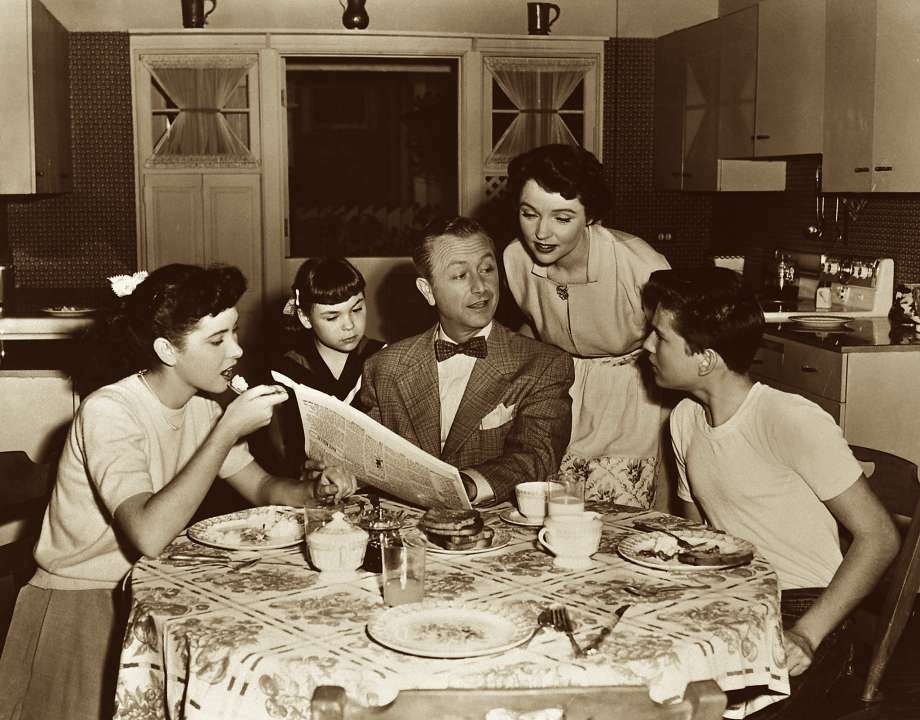
and Bill Gray in FATHER KNOWS BEST (1959)
HAPPY FATHER'S DAY!
❖❖❖
IN THIS ISSUE
EATING AROUND MEMPHIS
By John Mariani
NEW YORK CORNER
ORTZI
By John Mariani
NOTES FROM THE WINE CELLAR
WHAT PRICE PRESTIGE?
By John Mariani
❖❖❖
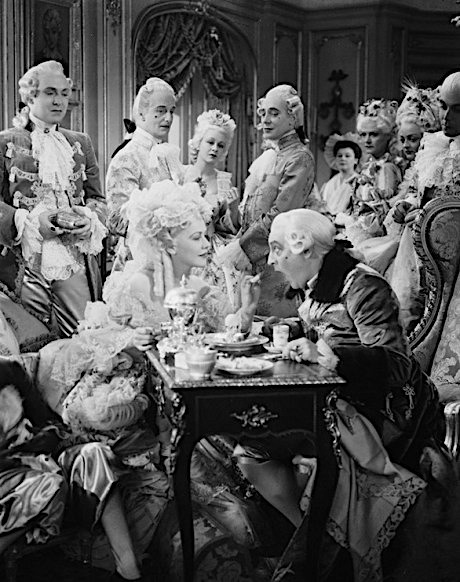
IMPORTANT ANNOUNCEMENT! There will be no issue next week (June 25) of Mariani's Virtual Gourmet because Mariani will be in France, dining in Bordeaux and Paris, all for the benefit of his readers.
❖❖❖
EATING AROUND MEMPHIS
By John Mariani
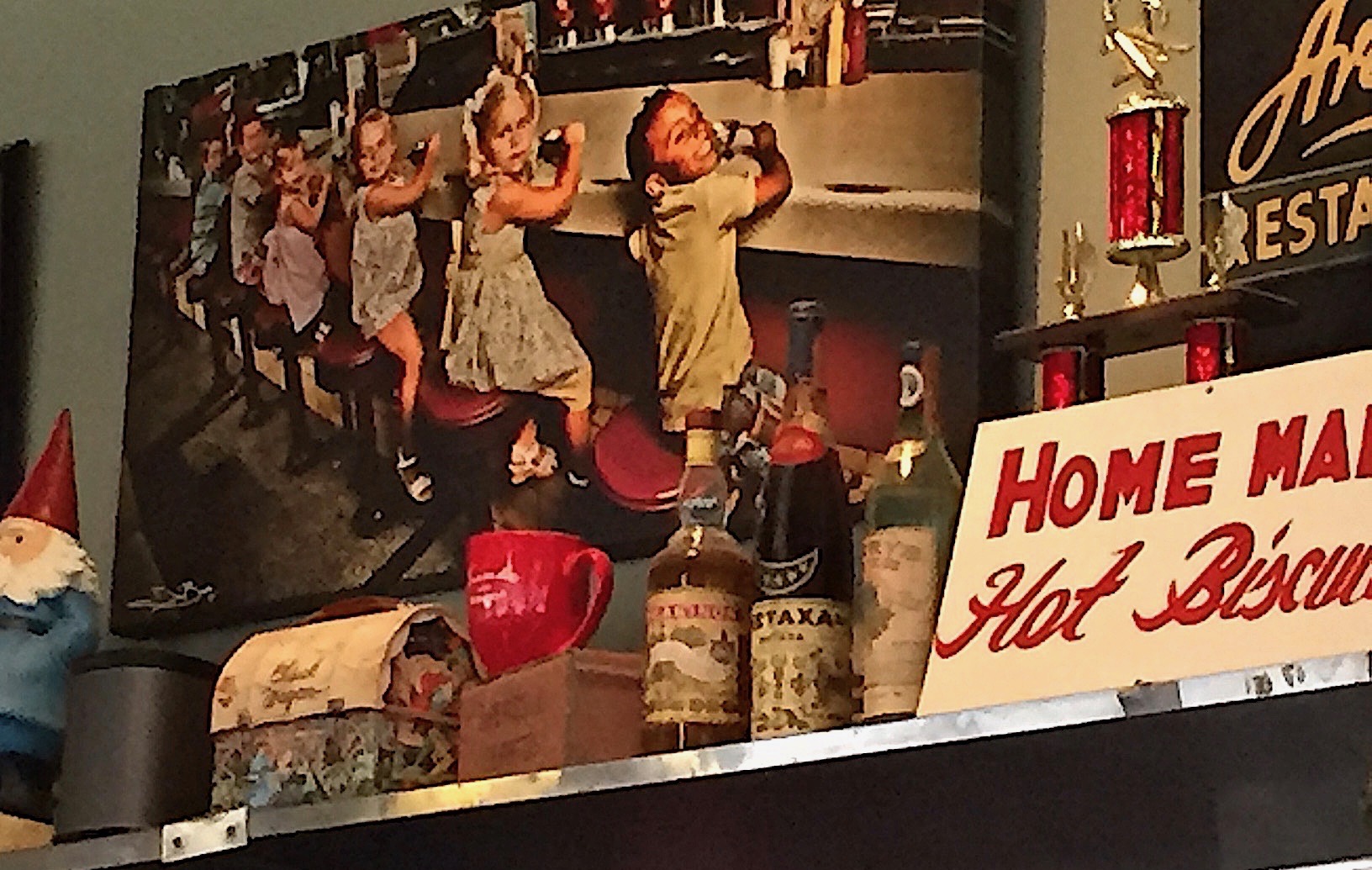
In my last gastro-report
on Memphis two years ago, I emphasized that the
city has a wide array of restaurants well above
the down-home style so often associated with
cities in the South. Places like Chez
Philippe at The Peabody, River
Oaks, Andrew
Michael Italian Kitchen and the Majestic
Grille can compete with any contemporary
upscale restaurants in Atlanta, Nashville or
Charleston.
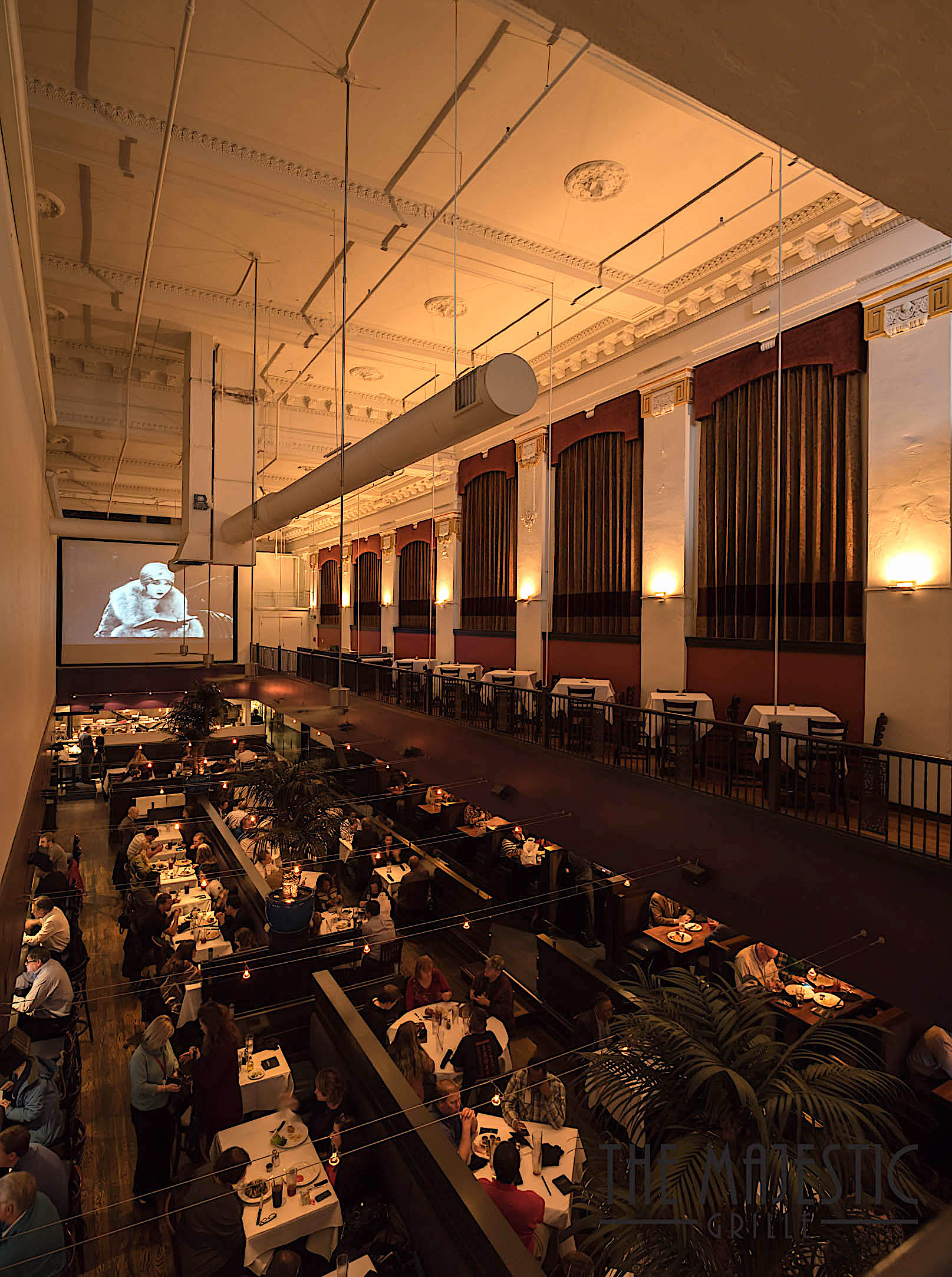 As a matter
of fact, I was previously so delighted with a
brunch at the twelve-year-old Majestic Grille that
I returned recently to have dinner there, not
least because I adore the look of the reclaimed
1913 Majestic No. 1 movie house with its mix of
Beaux Arts and art deco styles.
As a matter
of fact, I was previously so delighted with a
brunch at the twelve-year-old Majestic Grille that
I returned recently to have dinner there, not
least because I adore the look of the reclaimed
1913 Majestic No. 1 movie house with its mix of
Beaux Arts and art deco styles.
Chef-owner Patrick Reilly
and his wife, Deni, have kept the cinematic
traditions of the big two-tiered room by having a
theater-sized screen showing silent movies
throughout the evening. Maybe you could bring your
laptop and watch your own, snuggled in a booth.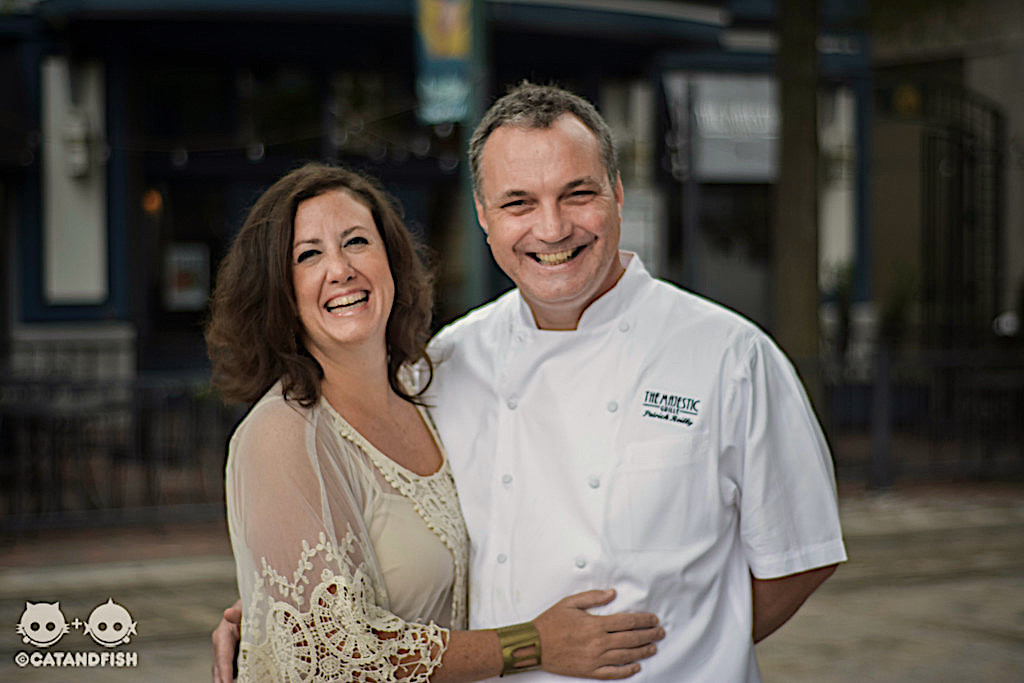
The menu aims to please all
palates, so you might start off with one of the
wonderful flatbreads, very thin and crisp, with
toppings like pepperoni and sausage with tomato
sauce and mozzarella ($11) or smoked salmon, red
onion, spinach, capers, garlic oil and mozzarella
($12) with a
bottle of wine from a list with categories
described by style—“Crisp, Bright Whites,”
“Aromatic Whites,” and so on. I wish the list were
longer for a restaurant of this magnanimity, but
there are a good number of wines you won’t find
all over town, all at reasonable prices, with most
available by the glass, none over $13.
The Majestic’s chili with
mozzarella ($4 cup, $6 bowl) is a robust way to
begin, and the Cajun chicken eggrolls with corn,
cheddar, goat cheese, poblano peppers, onion,
cilantro and Creole mustard is a likable dish to
share ($9), as is the fabulous stack of fried
onion rings with creamy horseradish dipping sauce
($9) as golden crisp and full of sweet onions as
I’ve ever had.
I’m sorry that the crabcake with roasted
pepper and caper
salad in Creole mustard ($12) is composed of
shredded crab rather than lump (which would cost a
lot more).
caper
salad in Creole mustard ($12) is composed of
shredded crab rather than lump (which would cost a
lot more).
There are steaks, of course,
including a good one-pound bone-in ribeye with
lots of fat marbling ($39), served with terrific
garlic mashed potatoes or Parmesan fries. Among
the specialties is a tender pork tenderloin with a
delicious maple cream, sugar glazed carrots,
mashed potatoes and tobacco onions ($22). For
dessert I’ll go every time with the array of
little jars of tiramisù, Key lime 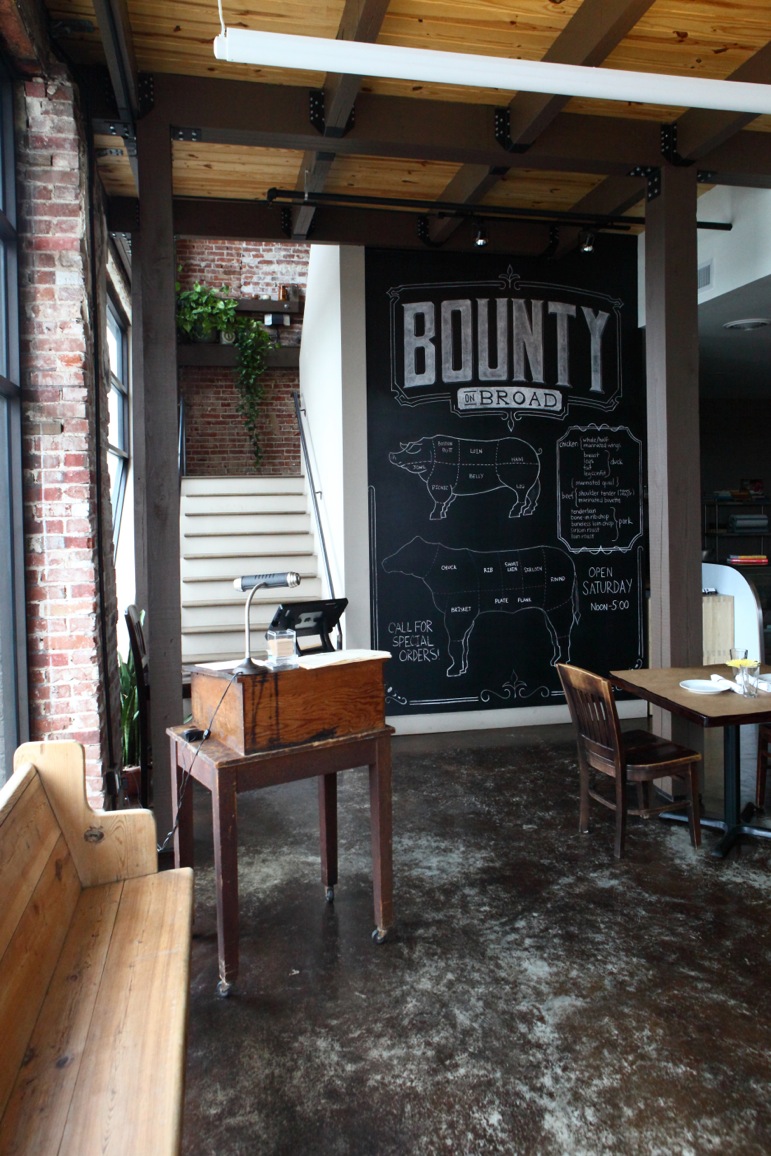 filling, carrot cake and chocolate (left).
filling, carrot cake and chocolate (left).
Bounty on
Broad in the Arts District is an ambitious
new restaurant with a shadowy upstairs dining room
and a strong connection to local farms, so
Chef-owner Jackson Kramer changes his menu
frequently.
When asparagus are in season, he gets the
very best, which he grills and serves with a lemon
foam, truffle, roasted red peppers and shiitake
bacon that all add enormously to the fine flavor
of the asparagus ($15). Jumbo lump crab meat is
lashed with crème fraîche, a touch of Sherry,
tangy lemon, scallions, buttery croutons for
crunch and brown béarnaise sauce ($24), all
components melded beautifully.
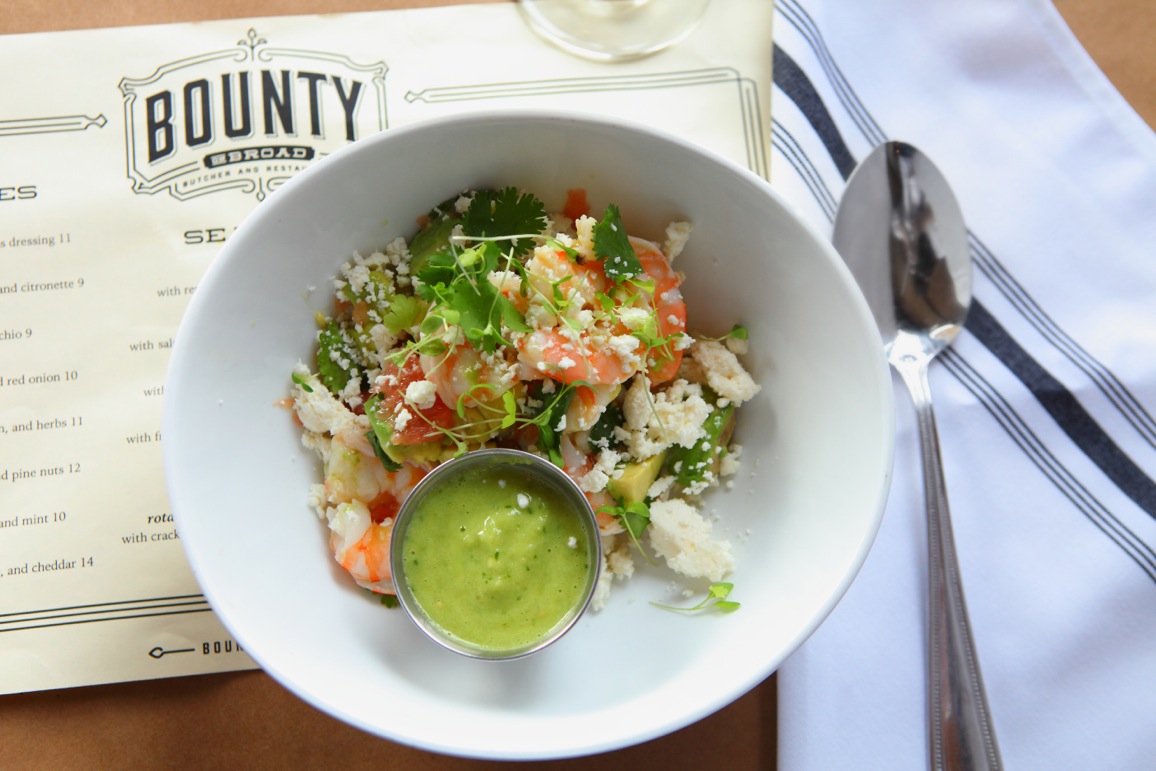 Kramer
does
have a tendency to pile too much stuff on his
food, as with his lamb ribs with Moroccan spiced
duck fat confit, white beans, Carolina mustard
barbecue, and pickle mustard seed ($32), but
there’s a lot of flavor to all his food, including
a quail battered in chickpea flour and fried, with
a deep red sauce of Port wine and shallots over
mashed potatoes with beet greens and more saucing
of sour redeye gravy, all topped with quail eggs
($28). Whew!
Kramer
does
have a tendency to pile too much stuff on his
food, as with his lamb ribs with Moroccan spiced
duck fat confit, white beans, Carolina mustard
barbecue, and pickle mustard seed ($32), but
there’s a lot of flavor to all his food, including
a quail battered in chickpea flour and fried, with
a deep red sauce of Port wine and shallots over
mashed potatoes with beet greens and more saucing
of sour redeye gravy, all topped with quail eggs
($28). Whew!
All the desserts I tried were freshly made
(and a real bargain at $10)—a chocolate “nirvana”
flourless cake with Nutella cream and toasted
hazelnuts; an apple cobbler with pecan streusel
and whiskey gelato, Key lime pie with graham
cracker crust and gelato, and a Grand Marnier
crème brûlée with warm chocolate cookie.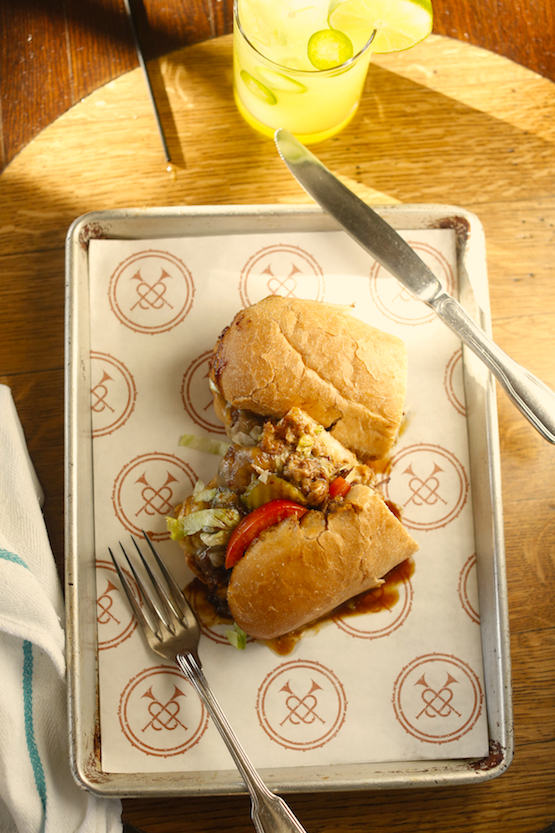
The Second
Line is the epitome of down-home cooking as
interpreted by a first-rate chef, Kelly English. The
place has the look of a pleasantly funky
gastro-pub complete with amiably cheeky
waitresses.
Every dish has been put through a good deal
of thought and testing, so the chicken and
andouille gumbo ($9) is as good as you’ll find in
a Louisiana bayou camp, and the Natchitoches meat
pies ($10) are authentically spiced. The
“original” andouille and crawfish dish with
Pimiento cheese fries is kind of a gloppy guilty
pleasure ($12), and the po’boy sandwiches (right)—especially
"The Verno" (named after a local sportscaster) of
fried chicken with Swiss cheese ($12)—make for
great lunch items.
Catfish was overcooked to a mushy texture
but the sauce piquant made it tasty nonetheless
($15). I
like the idea that for five bucks you can add
three shrimp or oysters to anything on the menu.
And don’t miss the superlative “fancy ass”
coleslaw for four dollars, a perfect blend of
sweet and sour.
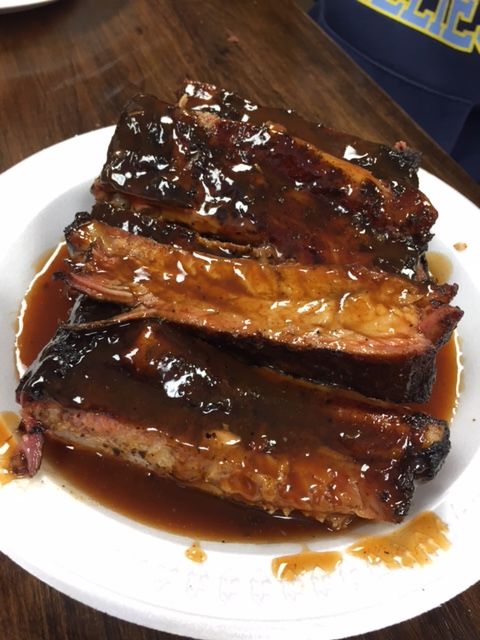 As
much as they are over-hyped in the media,
Memphis’s barbecue joints deserve their applause. This
time I tried out the barebones Cozy
Corner (left),
opened decades ago by the late Raymond Robinson
and still run by his wife, Desiree, who echoes her
husband: "He used to
say, 'My desire is to serve a few people the
best they ever had.'" Well, there’s a whole lot
more people than a few each day at Cozy Corner,
which is packed with folks from all walks of
Memphis life.
They come for the dinner plates of ribs
and wings ($6.75-$11.75), the sandwich plates
that include that old Southern favorite, BBQ
bologna ($4.95), and desserts like very sweet
banana pudding and sweet potato pie ($3.49).
As
much as they are over-hyped in the media,
Memphis’s barbecue joints deserve their applause. This
time I tried out the barebones Cozy
Corner (left),
opened decades ago by the late Raymond Robinson
and still run by his wife, Desiree, who echoes her
husband: "He used to
say, 'My desire is to serve a few people the
best they ever had.'" Well, there’s a whole lot
more people than a few each day at Cozy Corner,
which is packed with folks from all walks of
Memphis life.
They come for the dinner plates of ribs
and wings ($6.75-$11.75), the sandwich plates
that include that old Southern favorite, BBQ
bologna ($4.95), and desserts like very sweet
banana pudding and sweet potato pie ($3.49).
I’d kill for a beer at
Cozy Corner but it’s a soft drinks only place, so
maybe it’s best to take the ‘cue to your car or
truck, where you have a couple of bottles of
Wiseacre Brewing’s local Tiny Bomb American
Pilsner, and enjoy yourself, take a nap, then
drive off.
Brother Junipers (right) is another down-home
place near the university whose plain décor
consists of a folkloric mural of what looks like a
monastery where Bro. Juniper was a cook 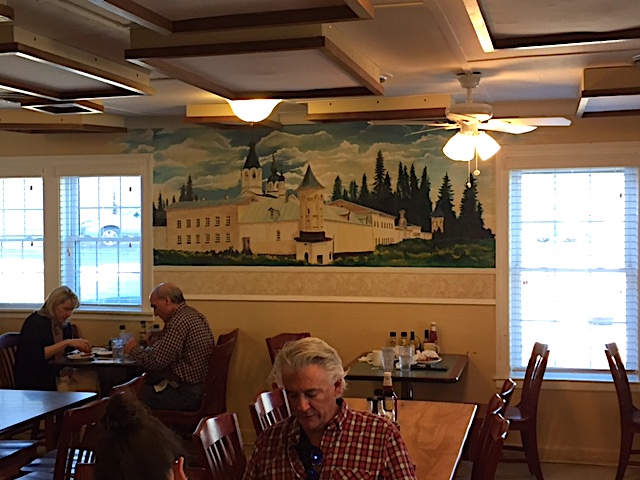 for St. Francis of
Assisi centuries ago. The eatery was “born
out of a spiritual community in the 1960s. The
first coffeehouse opened on Haight Street in San
Francisco as an outreach to street people,
serving a 5 cent cup of coffee and inexpensive
sandwiches.”
for St. Francis of
Assisi centuries ago. The eatery was “born
out of a spiritual community in the 1960s. The
first coffeehouse opened on Haight Street in San
Francisco as an outreach to street people,
serving a 5 cent cup of coffee and inexpensive
sandwiches.” 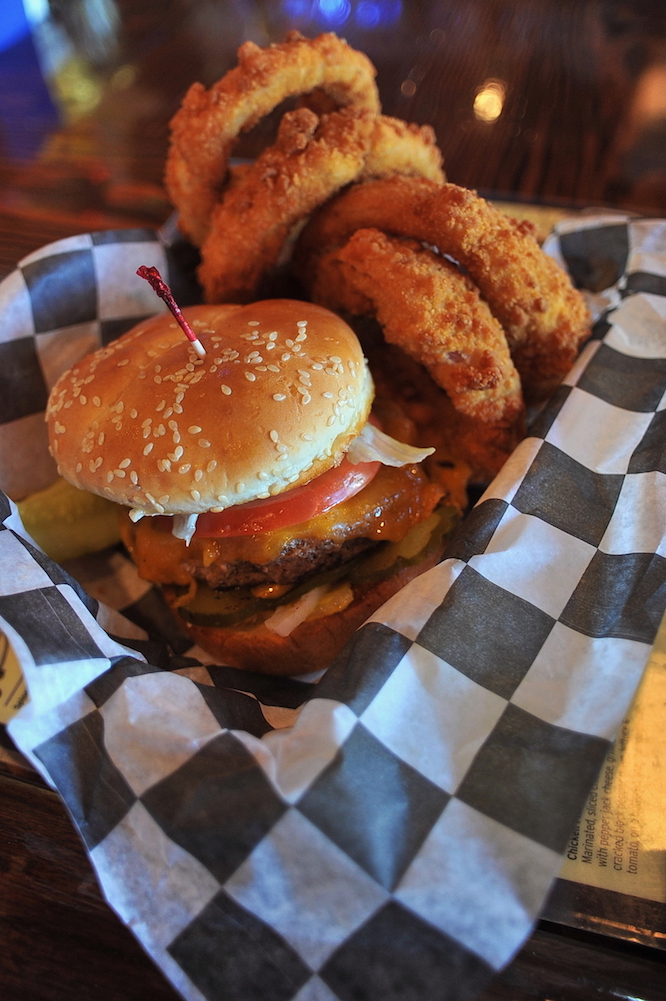 Branches
opened
across the country and in 1999, Jonathan and
Pauline Koplin took over Bro. Juniper’s
College Inn and opened a bakery next door with
a mission of “Baking Bread, Raising Hope.”
Branches
opened
across the country and in 1999, Jonathan and
Pauline Koplin took over Bro. Juniper’s
College Inn and opened a bakery next door with
a mission of “Baking Bread, Raising Hope.”
Like several other places in
town, Bro. Juniper’s claims to serve the best
breakfast in Memphis, but it’s no idle boast. No
one will leave hungry, not just because of the
generous portions but because the food is so good
you’ll not want to leave any behind, from the
cinnamon roll pancakes with cream cheese icing
($8.95) to any of the open-faced omelets like the
“San Diego” on a bed of sour cream with home
fries, sautéed Portobello mushrooms, tomatoes and
green onions, bacon, feta and cheddar cheese
($12.95). All
the granola cereals are homemade and the biscuits
are really, really good and may be topped with an
egg and/or meats ($1.25-$4.95).
A
good amalgam of bar and American café is Huey’s—there
are
three of them around town—with its liquor bottle
wall behind the bar, the widescreen TVs ever tuned
to sports events, its red-checked tablecloths, and
a menu of burgers and onion rings (left) the
equal of those at the Majestic Grill. It
looks like any of a thousand others in the South. But
check out the ceiling, where it’s become quite a
rite of passage for customers to hurl toothpicks
into the cork covering and hope they stick. I
suspect it prompts people who fail to keep coming
back until they succeed.
❖❖❖
By John Mariani
ORTZI
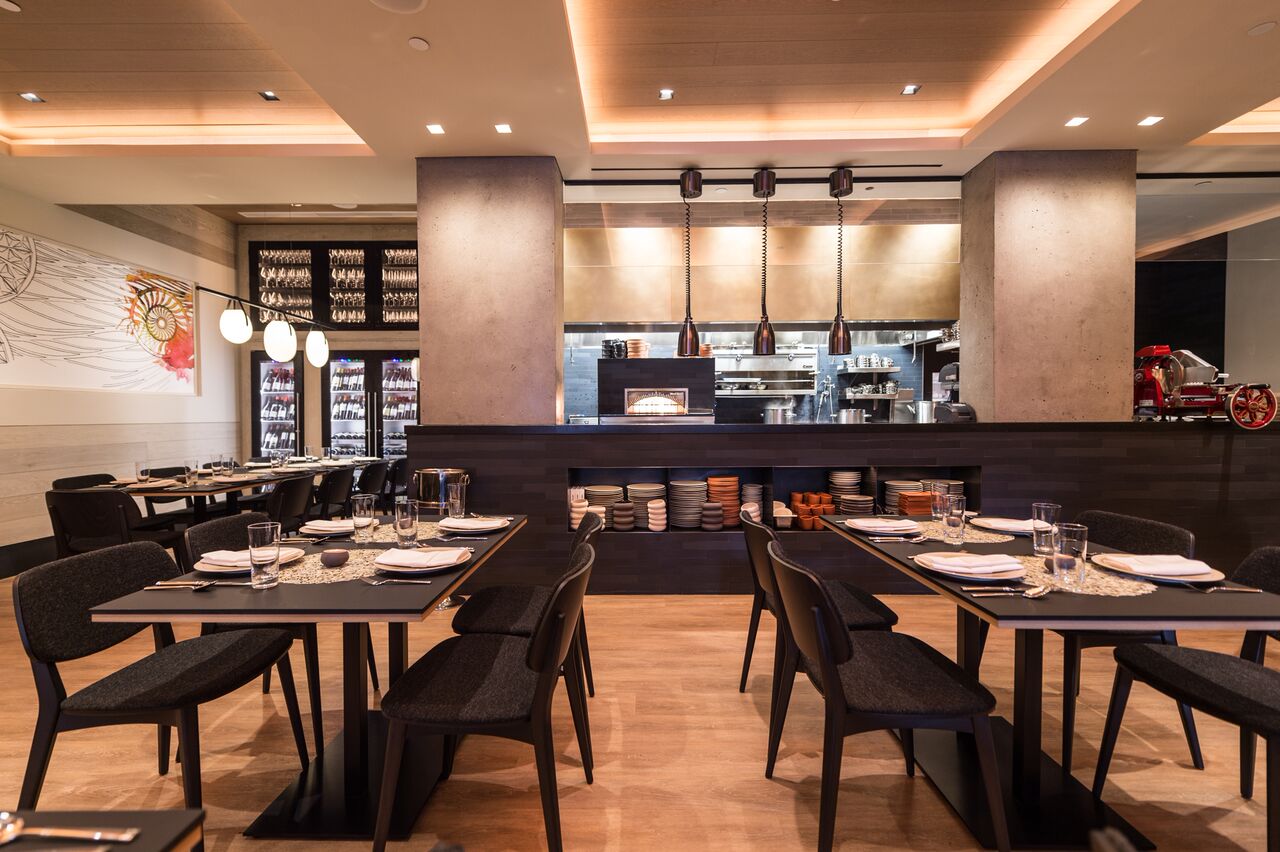
120 West 41st Street
212-730-8900
The NYC food media
are getting a little better at covering
restaurants in hotels, as long as there’s a
name chef onboard. Ortzi, in the Luma Hotel
near Bryant Park, should certainly get
attention via José Garces (below),
who has built a good-sized empire of
restaurants out of his Philadelphia base,
where he has the tapas place Amada, a modern
Mexican eatery Distrito, even a Japanese izakaya
place named Okatshe. At Ortzi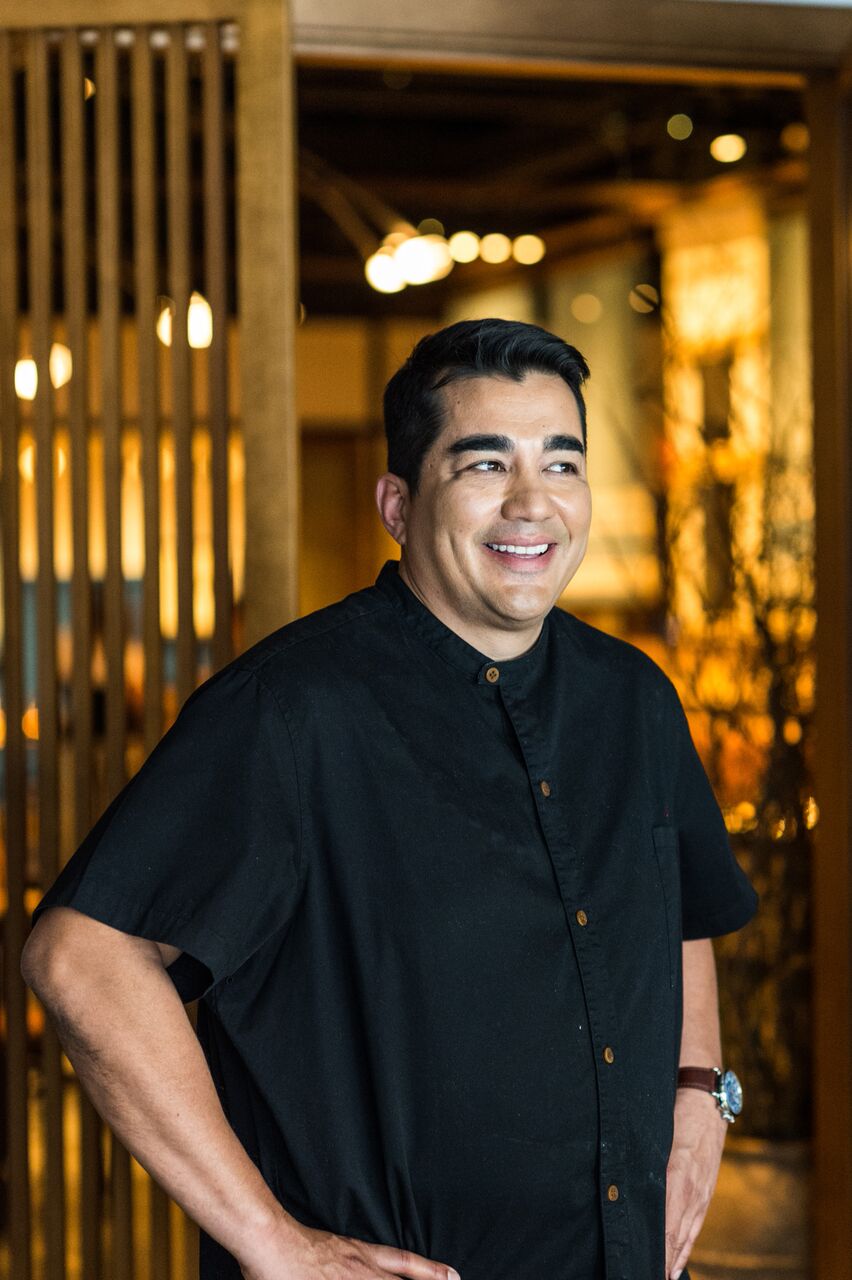 he is
playing his strong suit—contemporary Spanish
cuisine with New World touches—and, if he
isn’t actually on premises very often, he’s
done a good job teaching chef de cuisine
Michael Han (previously at Bouley and A Voce)
to keep his boss's standards high.
he is
playing his strong suit—contemporary Spanish
cuisine with New World touches—and, if he
isn’t actually on premises very often, he’s
done a good job teaching chef de cuisine
Michael Han (previously at Bouley and A Voce)
to keep his boss's standards high.
There’s not much to say about
the look of the place: an entry bar section
generally packed from 6 to 7:30 p.m. opens to a
modest dining room with the kind of décor that
is difficult to describe because there isn’t
much of it. It’s comfortable enough—except for
some armchairs that seem fit for an anorexic’s
butt—and there is a semi-open kitchen; the light
is convivial and the noise level easy on the
ears. The
service staff, at least the night we were there,
wavered between constant attention at the
beginning of the evening to a neglectful
lassitude after nine o’clock.
The wine list is very, very
good, especially for Spanish and South American
bottlings at fair prices.
The crudos
and conservas
offer the most excitement on the menu, beginning
with satiny hamachi with piquillo
pepper in a bright saffron emulsion ($19). Bluefin
tuna belly, nice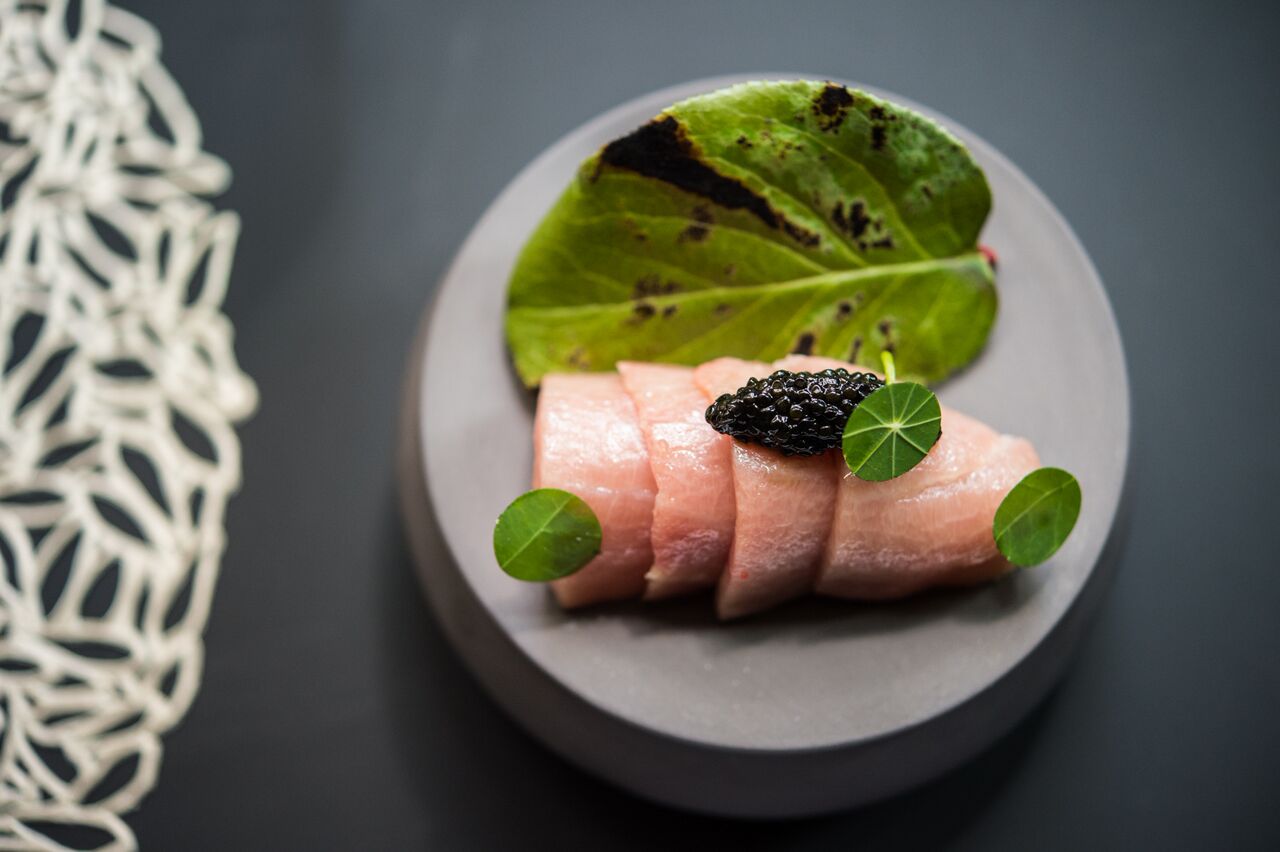 and
fatty, is dressed with superb arbequina
olive oil and caviar that is not too fishy for
the mildness of the dish (right). Platja (fluke)
is dusted with chickpea flour and sided with sea
beans $$15), while lubina
negra (black bass) gets a nice bite from
green chile escabeche and mojama,
a salt-cured tuna
($17).
Pulpo
(octopus) was cut too thin to have much flavor
on its own ($17), but bonito came with an
assertive rémoulade and sour caperberries ($16);
berberechos (cockles) were made luxurious by a
potato puree, pine nuts and hot chorizo
($14).
and
fatty, is dressed with superb arbequina
olive oil and caviar that is not too fishy for
the mildness of the dish (right). Platja (fluke)
is dusted with chickpea flour and sided with sea
beans $$15), while lubina
negra (black bass) gets a nice bite from
green chile escabeche and mojama,
a salt-cured tuna
($17).
Pulpo
(octopus) was cut too thin to have much flavor
on its own ($17), but bonito came with an
assertive rémoulade and sour caperberries ($16);
berberechos (cockles) were made luxurious by a
potato puree, pine nuts and hot chorizo
($14).
There is a jamon del
dia (ham of the day), but the one served
the night I visited—at $32—was not in a league
with the better Spanish hams now coming to this
country. The cazuelas
main dishes include a very hearty rabo
stew of braised ox tail with chickpeas, tomato
and a fennel sofrito
($19), 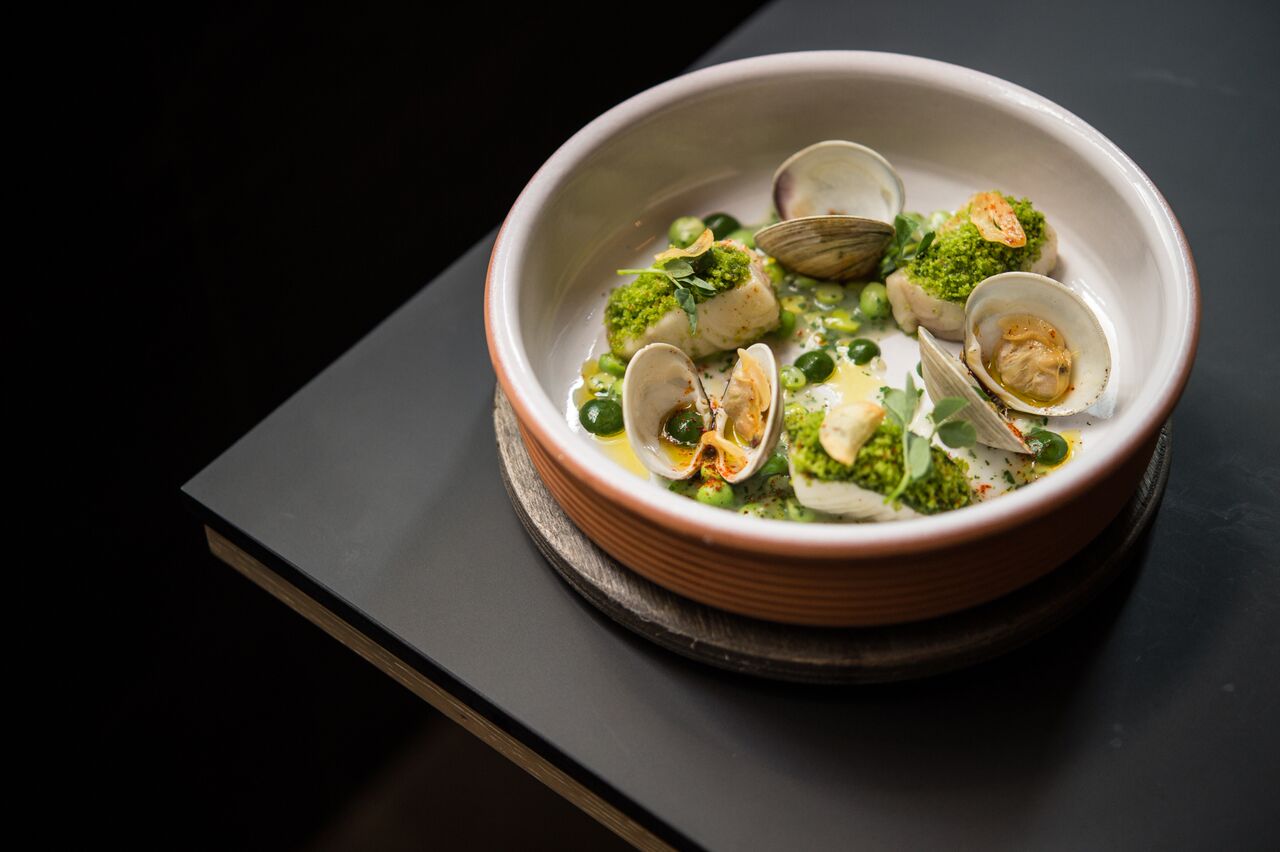 and even
better was a conejo
estofado rabbit stew cooked in Albariño
wine with artichokes and flavored with rosemary
($23). Bacalao (cod)
is too often a bore but here the bright snowy
fish with its own buttery flavor was enhanced
with cockles in a bright green parsley emulsion
($23).
and even
better was a conejo
estofado rabbit stew cooked in Albariño
wine with artichokes and flavored with rosemary
($23). Bacalao (cod)
is too often a bore but here the bright snowy
fish with its own buttery flavor was enhanced
with cockles in a bright green parsley emulsion
($23).
Alongside
was a stellar vegetable dish—a fava bean salad
with feta cheese, Meyer lemon, olives and smoked
egg yolk ($11)—but the unusual wood-roasted
cabbage with anchovy dressing, Manchego cheese
and guanciale
bacon ($12)
was little but a hard chunk of tasteless
cabbage.
Three of the desserts (all
$12) we tried were very good and wholly in line
with the style of the menu: Copa
caramel, made of milk chocolate cream,
caramel foam, Sherry, orange and sea salt; pastel
vasco, a Basque custard tart, with
apricot, olive oil, and pistachio cream; and a
goat’s cheese cream on almond cake with a red
wine Caramel and roast of cherries called cuajada.
The reason I’m
never jaded about dining out in NYC is because
of places like Ortzi, where an expected pleasant
meal turns out to be innovative and deliciously
different, with big splashes of color and spice.
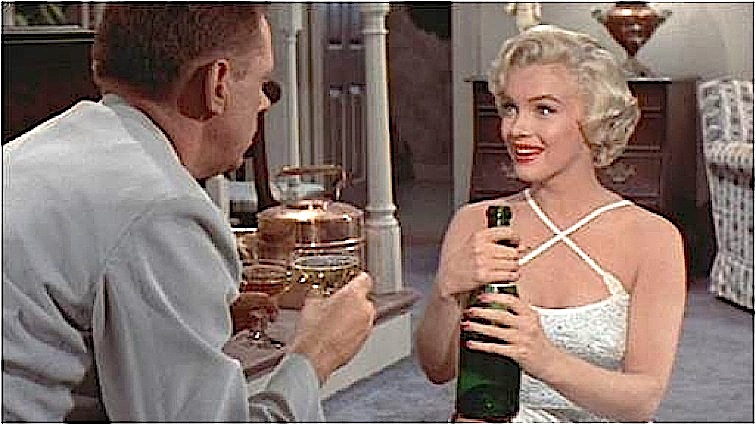 WHAT PRICE PRESTIGE?
WHAT PRICE PRESTIGE?By John Mariani
Is a great producer’s
Champagne costing twice the price of his regular
bubbly really twice as wonderful? This question
came vividly to mind at a recent tasting of what
are called “prestiges cuvées” (prestige blends),
which are the top-of-the-line vintage Champagnes
from top-of-the-line producers like Moët &
Chandon, Bollinger, and Piper-Heidsieck.
These wines can easily
cost $100 and much more, yet the tasting revealed
to this Champagne lover that the distinctions
between these prestiges cuvées and those same
producers’ other bottlings should have been
ravishingly evident but were not. Too
often those distinctions were extremely subtle,
and some seem to have more to do with marketing
decisions and labels than unqualified superiority.
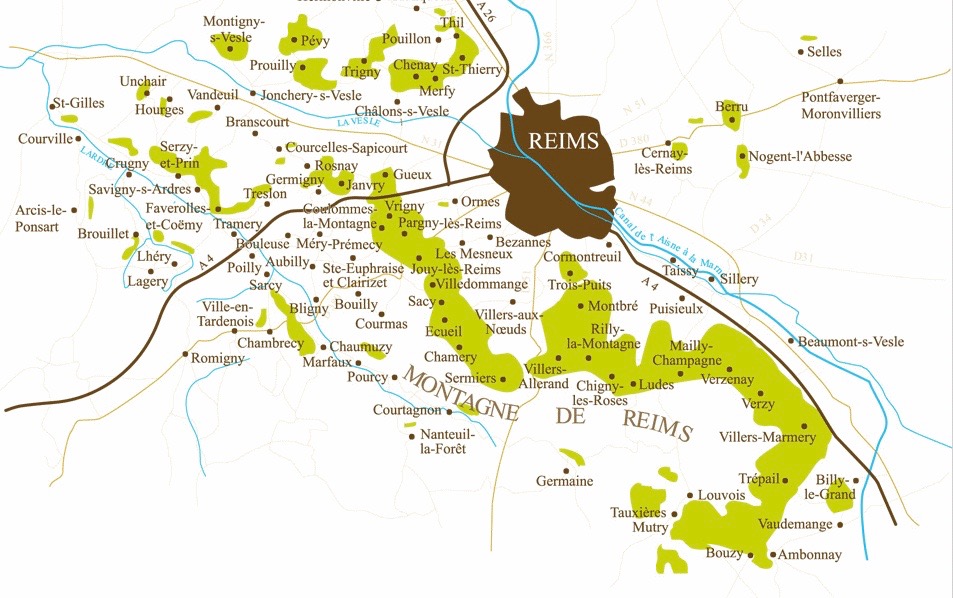
The fact is, even the so-called Grandes
Marques—Champagne’s top producers—got along for
150 years offering just three or four different
Champagnes, such as Brut (the driest), a Demi-sec
(“half-dry,” which was in the last century the
most popular style), and perhaps a rosé, which
were always blended to a house style. Now these
same producers are promoting ultra-pricey
prestiges cuvées with names like Bollinger Grande
Année ($159), Veuve Clicquot Grande Dame ($159),
Roederer Cristal ($230) and Moët & Chandon
Cuvée MCIII at $475. Are they worth the
price in a fiercely competitive market that
already offers thousands of different
Champagnes?
They are certainly beautiful vintage-dated
sparkling wines, though to most people’s taste
they may not be so much more exceptional than
those same Marques’ regular vintage or
less-expensive non-vintage Champagnes. It’s not
just a question of which vineyards the Champagnes
are made from; in fact, only one-tenth of all the
vines in the Champagne region (a delimited region
of 68,000 acres of vineyards northeast of Paris) are owned not by marques
but by merchants, the rest by farmers
and cooperatives. Nor are they made from special
grapes; by French law, only three grape varieties
may be used in making Champagne: Chardonnay, Pinot
Noir and Meunier. And in a curious way, since all
Champagnes are blends, and if the Grandes Marques
blend their non-vintage Champagnes to be
consistent with a house style and their vintage
Champagnes only from years of exceptional grapes,
how much more can the producers do to make an even
better product, which of course detracts from
their “lesser” wines?
 Moët
& Chandon’s break-out label, Dom Pérignon,
introduced in 1937, was the first super premium
Champagne, but it didn’t really catch on until
James Bond made it famous in the first “007” film,
“Dr. No,” in 1962.
Much more recently prestiges cuvées like
Roederer’s Cristal have caught on with the music
and show business crowd, especially rap singers,
so that every Grande Marque now fields a prestige
cuvée. A regular Roederer vintage Champagne, like
1996, costs about $60-$80; Cristal from the same
vintage runs $230. (Prices in this article may
vary at wine shops around the U.S.)
Moët
& Chandon’s break-out label, Dom Pérignon,
introduced in 1937, was the first super premium
Champagne, but it didn’t really catch on until
James Bond made it famous in the first “007” film,
“Dr. No,” in 1962.
Much more recently prestiges cuvées like
Roederer’s Cristal have caught on with the music
and show business crowd, especially rap singers,
so that every Grande Marque now fields a prestige
cuvée. A regular Roederer vintage Champagne, like
1996, costs about $60-$80; Cristal from the same
vintage runs $230. (Prices in this article may
vary at wine shops around the U.S.)
At
the tasting I attended I had a chance to taste a
dozen prestiges cuvées and came to the conclusion
that, while most were exceptionally fine
Champagnes, I was not convinced their prices were
justified by comparison to vintage Champagnes and
even some non-vintage bottlings from other,
smaller producers.
Some, however, reflected a distressing
trend towards a hyper-dryness I feel robs the wine
of its natural fruit, leaving little to get
excited about, like the Lanson “Noble Cuvée” ’89
($100 bottle), and Veuve Clicquot “La Grande Dame”
’95 ($120).
There is a fashion among
some Champagne lovers always to insist that a
prestige cuvée needs more age to fully reveal
itself. But while Champagnes do change to one
degree or another with age, they are not like red
wines, which have tannins that require softening
to come into balance. Nevertheless, the older
vintages I tasted showed particularly well,
gaining richness and complexity from a patina of
age. The
Dom Pérignon ’85 ($300) was exceptional, with a
well toasted bouquet and levels of fruit flavor
and acid beneath the bubbles. Cristal
’96 ($140-$175) gained dimension after the chill
was off the wine, but still tasted rather too
young, and
I found Deutz Blanc de Blancs “Cuvée Amour de
Deutz” ’95 ($160) continued to show the more
elegant style of the 1990s, refreshing and
promising a long life. Piper-Heidsieck “Rare” ’90
($60-$90) was typical of the house style, quite
lovely with the kind of ripe fruit I enjoy in
Champagne. Marilyn Monroe used to say that a glass
of Piper each morning warmed the body.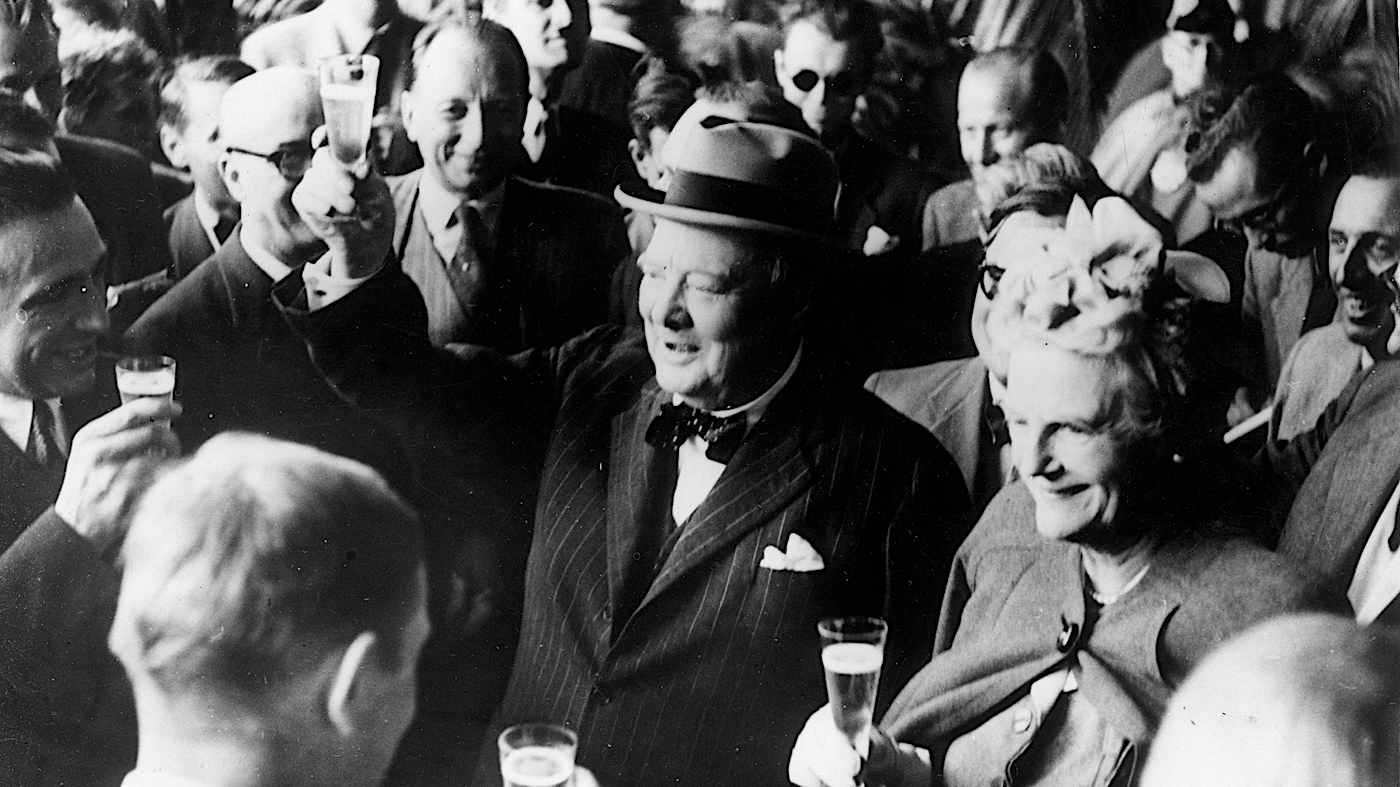
Bollinger “Grande
Année” ’95 ($85) showed well in a highly refined
style that may be too refined to stimulate much
discussion. Pommery “Cuvée Louise” ’89 ($110) was
very fine, with small bubbles and an almost
bittersweet finish.
The Pol Roger “Sir Winston Churchill” ’95,
tasted in magnum ($125; $250 in magnum), showed
promise and a definite Pinot Noir advantage, but
little more at this point. This is a Champagne
that needs to age.
I could not get overly excited by the
Charles Heidsieck Blanc des Blancs “Blanc de
Millenaires” ’90 ($90), which seemed lackluster,
if pleasantly brisk.
My favorite of the tasting was a Gosset
“Celèbris” Rosé ’98 ($140), which, like most rosé
Champagnes is rightly proud of its fruit, its good
body, and its charm.
Some of the Grandes Marques seem content to
push their prestiges cuvées to the point of
ignoring their less expensive vintage Champagnes,
which is good for the consumer who believes that a
prestige price tag may be more about prestige than
true superiority.
❖❖❖

OUR FABULOUS FOODIES,
AUSSIE STRAIN
As a joke, the Truman Cafe in
Melbourne, Australia, combined an avocado with latte, called an
“avolatte" (left), thinking it would be fun to take a hollowed-out avocado and pull a
shot directly into the shell, posted as a video on
Instagram. A
staff member said, “I think it’s ridiculous. It’s
literally coffee in a piece of rubbish.”
Nevertheless, the café
says the item went viral on the Internet and people
immediately started coming in and tried to order the
item, and social media quickly filled
with copycats.
YOU MIGHT WANT TO FRESHEN
YOUR TATS, TIE UP YOUR MAN BUN,
AND BRING EAR PLUGS.
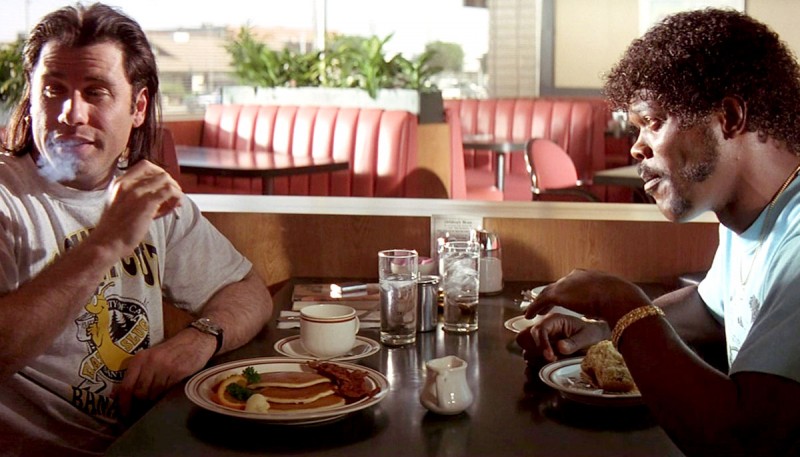
“Jackpot.
That's what we thought when we got to Roister. We knew we’d
have a good time the instant we arrived—kind of
like seeing a good night taking shape the moment
you walk into a party. The music is loud, the
energy is rowdy and the enormous live-fire kitchen
lights up the center of the room. In short, it’s
the utter opposite of the calm, measured energy at
Alinea—the restaurant that made icons of Roister
owners Grant Achatz and Nick Kokonas. The duo
teamed up with chef Andrew Brochu to create this
hyper-casual counterpart, and you can’t miss
Brochu holding court at the pass.”--Dine by Tasting
Table, Chicago
Any of John Mariani's books below may be ordered from amazon.com.
 The
Hound in Heaven (21st Century Lion Books)
is a novella, and for anyone who loves dogs,
Christmas, romance, inspiration, even the supernatural, I
hope you'll find this to be a treasured favorite.
The story concerns how, after a New England teacher,
his wife and their two daughters adopt a stray puppy found
in their barn in northern Maine, their lives seem full of
promise. But when tragedy strikes, their wonderful dog
Lazarus and the spirit of Christmas are the only things
that may bring his master back from the edge of
despair.
The
Hound in Heaven (21st Century Lion Books)
is a novella, and for anyone who loves dogs,
Christmas, romance, inspiration, even the supernatural, I
hope you'll find this to be a treasured favorite.
The story concerns how, after a New England teacher,
his wife and their two daughters adopt a stray puppy found
in their barn in northern Maine, their lives seem full of
promise. But when tragedy strikes, their wonderful dog
Lazarus and the spirit of Christmas are the only things
that may bring his master back from the edge of
despair. WATCH THE VIDEO!
“What a huge surprise turn this story took! I was completely stunned! I truly enjoyed this book and its message.” – Actress Ali MacGraw
“He had me at Page One. The amount of heart, human insight, soul searching, and deft literary strength that John Mariani pours into this airtight novella is vertigo-inducing. Perhaps ‘wow’ would be the best comment.” – James Dalessandro, author of Bohemian Heart and 1906.
“John Mariani’s Hound in Heaven starts with a well-painted portrayal of an American family, along with the requisite dog. A surprise event flips the action of the novel and captures us for a voyage leading to a hopeful and heart-warming message. A page turning, one sitting read, it’s the perfect antidote for the winter and promotion of holiday celebration.” – Ann Pearlman, author of The Christmas Cookie Club and A Gift for my Sister.
“John Mariani’s concise, achingly beautiful novella pulls a literary rabbit out of a hat – a mash-up of the cosmic and the intimate, the tragic and the heart-warming – a Christmas tale for all ages, and all faiths. Read it to your children, read it to yourself… but read it. Early and often. Highly recommended.” – Jay Bonansinga, New York Times bestselling author of Pinkerton’s War, The Sinking of The Eastland, and The Walking Dead: The Road To Woodbury.
“Amazing things happen when you open your heart to an animal. The Hound in Heaven delivers a powerful story of healing that is forged in the spiritual relationship between a man and his best friend. The book brings a message of hope that can enrich our images of family, love, and loss.” – Dr. Barbara Royal, author of The Royal Treatment.
 |
The Encyclopedia of American Food and Drink by John F. Mariani (Bloomsbury USA, $35) Modesty forbids me to praise my own new book, but let me proudly say that it is an extensive revision of the 4th edition that appeared more than a decade ago, before locavores, molecular cuisine, modernist cuisine, the Food Network and so much more, now included. Word origins have been completely updated, as have per capita consumption and production stats. Most important, for the first time since publication in the 1980s, the book includes more than 100 biographies of Americans who have changed the way we cook, eat and drink -- from Fannie Farmer and Julia Child to Robert Mondavi and Thomas Keller. "This book is amazing! It has entries for everything from `abalone' to `zwieback,' plus more than 500 recipes for classic American dishes and drinks."--Devra First, The Boston Globe. "Much needed in any kitchen library."--Bon Appetit. |
"Eating Italian will never be the same after reading John Mariani's entertaining and savory gastronomical history of the cuisine of Italy and how it won over appetites worldwide. . . . This book is such a tasteful narrative that it will literally make you hungry for Italian food and arouse your appetite for gastronomical history."--Don Oldenburg, USA Today. "Italian
restaurants--some good, some glitzy--far
outnumber their French rivals. Many of
these establishments are zestfully described
in How Italian Food Conquered the World, an
entertaining and fact-filled chronicle by
food-and-wine correspondent John F.
Mariani."--Aram Bakshian Jr., Wall Street
Journal.
"Equal parts
history, sociology, gastronomy, and just
plain fun, How Italian Food Conquered the
World tells the captivating and delicious
story of the (let's face it) everybody's
favorite cuisine with clarity, verve and
more than one surprise."--Colman Andrews,
editorial director of The Daily
Meal.com. "A fantastic and fascinating
read, covering everything from the influence
of Venice's spice trade to the impact of
Italian immigrants in America and the
evolution of alta cucina. This book will
serve as a terrific resource to anyone
interested in the real story of Italian
food."--Mary Ann Esposito, host of PBS-TV's
Ciao
Italia. "John Mariani has written the
definitive history of how Italians won their
way into our hearts, minds, and
stomachs. It's a story of pleasure over
pomp and taste over technique."--Danny Meyer,
owner of NYC restaurants Union Square
Cafe, The Modern, and Maialino.
|
 |
 |
 |
 |
 |
 |
 |
 |
 Everett Potter's Travel Report:
Everett Potter's Travel Report: 
 Eating Las Vegas
JOHN CURTAS has been covering the Las Vegas
food and restaurant scene since 1995. He is
the co-author of EATING LAS VEGAS – The 50
Essential Restaurants (as well as
the author of the Eating Las Vegas web site: www.eatinglasvegas.
He can also be seen every Friday morning as
the “resident foodie” for Wake Up With the
Wagners on KSNV TV (NBC) Channel 3 in
Las Vegas.
Eating Las Vegas
JOHN CURTAS has been covering the Las Vegas
food and restaurant scene since 1995. He is
the co-author of EATING LAS VEGAS – The 50
Essential Restaurants (as well as
the author of the Eating Las Vegas web site: www.eatinglasvegas.
He can also be seen every Friday morning as
the “resident foodie” for Wake Up With the
Wagners on KSNV TV (NBC) Channel 3 in
Las Vegas.

MARIANI'S VIRTUAL GOURMET
NEWSLETTER is published weekly. Editor/Publisher: John
Mariani.
Editor: Walter Bagley. Contributing Writers: Christopher Mariani,
Robert Mariani, Misha Mariani, John A. Curtas, Geoff Kalish, Mort
Hochstein, and
Brian Freedman. Contributing Photographer: Galina
Dargery. Technical Advisor: Gerry McLoughlin.
To un-subscribe from this newsletter,click here.
© copyright John Mariani 2017

